With its affordable price, intelligent features like a 720p HD camera, and unique design that blends well on your home’s facade, Blink Camera is the perfect security camera solution to keep you connected while you’re away.
But have you ever wondered, How Much Data Does Blink Camera Use? If yes, then you’re at the right place. Here we are going to tell you everything about the data consumption of blink cameras.
Data Usage By A Blink Camera:
Quick Navigation
The Blink Camera stores images in JPEG format. The file can be anywhere between 2k-10k, depending on the image’s quality setting.
Each photograph uses 0.0005 MB at the lowest quality and 0.0013 MB at the highest setting, and a 32 GB SD card is capable of storing 13,500 photographs at low quality or 3,800 photographs at high quality. This means that each photograph uses around 0.04-0.16 MB of storage.
A one-minute video that is 640 x 480 in low quality uses around 0.3 MB of storage, meaning that a 32 GB SD card could store around 1,500 minutes of video at low quality or 600 minutes at high quality. This means that each minute of video uses around 2-6 MB of storage, depending on the quality setting.
A video that is 640 x 480 in high quality uses around 1 MB of storage, meaning that a 32 GB SD card could store around 6,000 minutes at high quality. This means that each minute of video uses around 3.2-10 MB of storage.
With all these measurements taken into account, the Blink Camera’s data consumption is quite small compared to other models and even smartphones that are currently on the market, such as the iPhone 4 and Galaxy S II Skyrocket.
How much data does a single clip use?
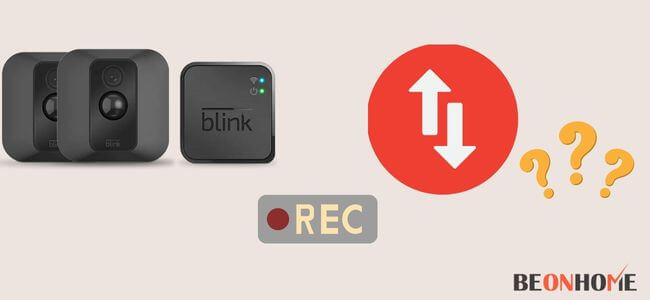
A five-second motion clip with audio quality is set to Best and will use up to 750KB of data. This is important to note if you are accessing clips via a cellular network rather than a WiFi connection.
Does the Blink Camera Use Data While Idle?
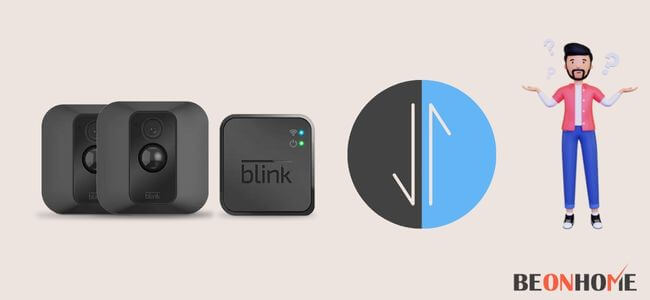
No. Only when the Blink Camera is recording does it utilize data. When the Blink Camera is recording, it solely utilizes internet data. The amount of data utilized while the gadget is idle is less.
The data is used when the motion is detected at the door or in the area where it is mounted. Each 5-second clip captured by the Blink camera consumes 750 KB of data.
This implies that depending on how much motion is detected and for how long, data use on this device might be high or low.
It is possible to leave your Blink Camera recording all the time. Keep in mind that if you configure this option for continuous recording, the data used for this device will be quite high. It’s true.
Does Blink use cellular data?
The answer is- yes; however, there are few things you should know before you’re surprised with a ridiculously heavy bill!
Blink uses cellular data in two ways:
- When you want to quickly check or report something, like an email or text message.
- When you want to record a video of what’s happening around you.
So be careful while you use cellular data to its limit.
How much data do cameras use?
According to Apple, video capture is 2x more data-intensive than photo capture. Data usage will, of course, depend on the amount of video and the number and quality of photos captured.
On average, 1 megabyte equals 1000 kilobytes. So, for every hour captured in a video, would be about 2/3 gigabytes.
The amount of data that a digital camera uses depends on the type and model, but generally speaking, you can expect to use from 0.1 to 5000 megabytes of storage memory.
This varies significantly based on camera settings, shooting mode, and sensor size. The amount of data a camera uses varies widely depending on the model, resolution, focal length, and shutter speed used.
Does the Blink Camera Use More Data Than Other Options?
No. The Blink Camera has low data usage, and thus, it is one of the best things about it. It records when there is motion detection.
Other security cameras do not have such options. This means that some other devices are always on and recording and utilize a lot of data. Blink Camera has no such problem.
When it comes to minimal data use, the Blink Camera is one of the best solutions. Other security camera alternatives lack the ability to record just when motion is detected.
This means that some other gadgets are always on and recording, using a significant quantity of data on a regular basis.
Blink cameras are among the most bandwidth-efficient wireless cameras available. They only consume roughly 750 KBs of data for each five-second clip, and Blink cameras use even less bandwidth because they only record when motion is detected.
Can Blink cameras work without the internet?
Blink’s cameras are internet-connected, which means they need a reliable wireless connection to your router or modem nearby.
However, the devices can function offline for up to two weeks from their last synched status with the Blink app.
Once unplugged from power and the internet, Blink cameras will stop recording footage but can still detect motion and send alerts to your mobile device.
Blink’s cameras also return to their factory settings when they’re out of power and connectivity. In other words, you can unplug your Blink camera anytime without losing its stored footage.
How can I reduce the amount of data my Blink Camera uses?
1. Reduce the video’s quality
The frame rate of the Blink camera’s low-quality mode is 10 frames per second. According to this, it records at a rate of 10 frames per second. Worse frame rates might result in lower video quality but require fewer data.
2. Reduce the framerate
The Blink camera has three framerate options: 5, 10, and 15. You may conserve data by setting the framerate to 5.
3. Change the format of the video
The H.264 codec is used as a default on the Blink camera. You may convert the movie to MPEG-4, which consumes less data.
4. Reduce the length of the recording
The Blink camera will record until you turn it off or the batteries die. If you just need to record for a brief period of time, make sure to turn off the camera after you’re finished.
5. Turn off cloud storage
By default, the Blink camera saves footage to the cloud. You may, however, disable online storage and store films on your PC or SD card locally.
6. Only record during certain hours
Once motion detection is activated, the cameras will automatically record up to 60 seconds of footage. In the Blink Home Monitor app, you may alter the “retrigger time” (or how long the device will record before re-arming itself) from 10 seconds to 60 seconds.
7. Only record when motion is detected
The Blink camera is set to record indefinitely by default. You can store data when the recording mode is set to motion-activated.The Blink camera will only begin recording if it detects movement in front of it; in this manner.
The motion detection function on the Blink Camera means that this will only start filming whenever there is movement in front of it. This can assist to cut down on the quantity of blank video recorded.
How much Data is the Blink camera on the low setting?
You may have heard that the Blink camera on the low setting can take up to 30,000 pictures. Unfortunately, this is still only a single day of video from one device! Why is this a bad thing?
Well, it means that there isn’t enough memory to store your favorite shows and movies for more than 24 hours. This could lead to deleting old content for newer content or just get really bored quickly.
The more recordings you make, the longer your Blink will be. The more you use Blink, the sooner you’ll grow tired of having to delete old data in order to make room for new content.
Here, you’ll want to be cautious about how much data you pick. If someone breaks into your home and steals something out of your Blink, they’ll have access to your entire back catalog.
Final Talk
Here are the detailed information. For more, please visit Google.

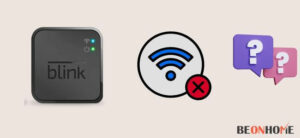
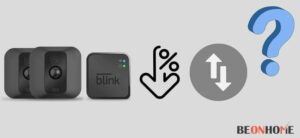
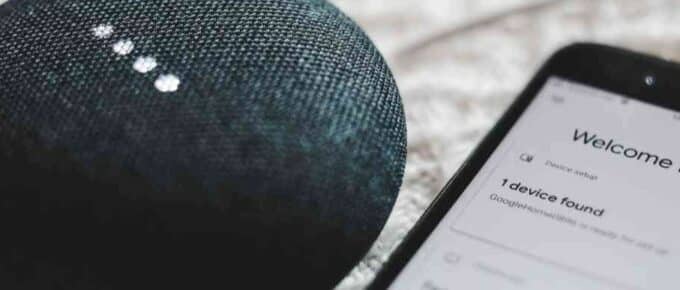
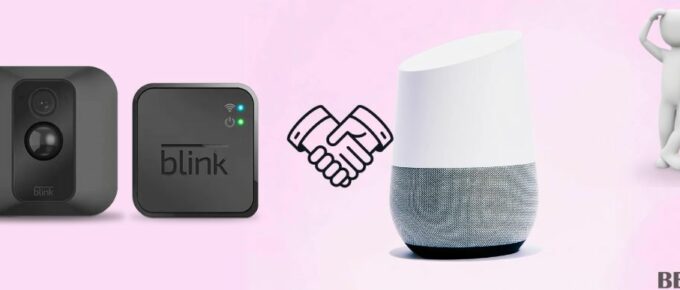

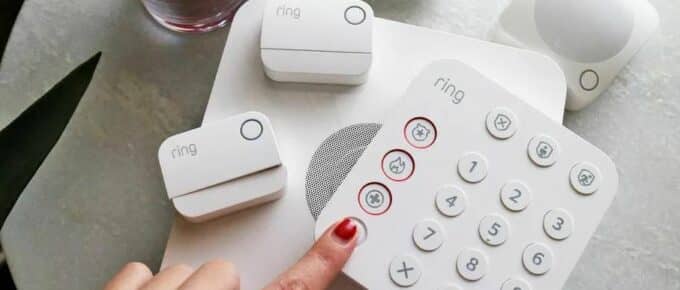

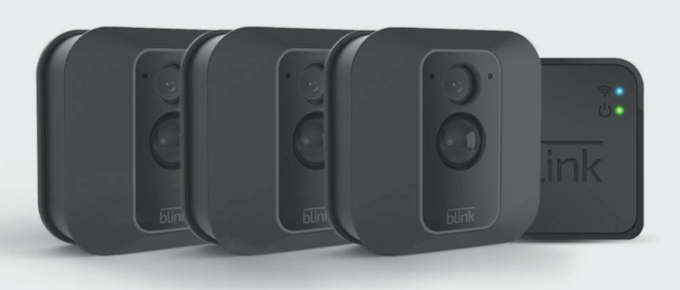
Leave a Reply